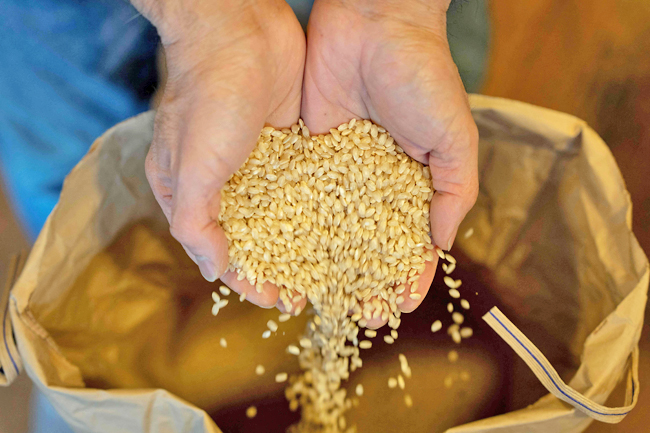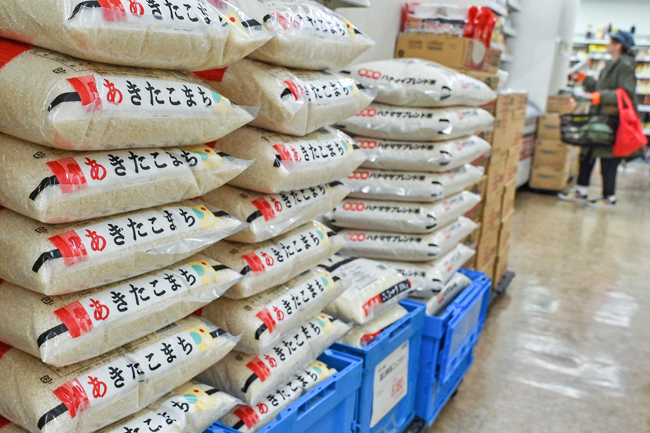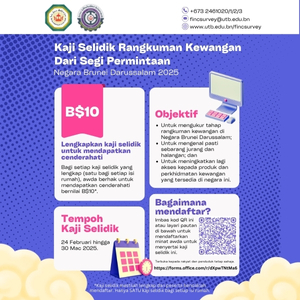TOKYO (AFP) – The Japanese government said yesterday it will release its stockpile of rice – the nation’s cherished staple food – reserved for emergency use in response to soaring prices.
The government has tapped into its rice reserves in the past during emergencies such as major earthquakes, but this will be the first time to do so because of disruption to distribution.
The price of rice has continued to surge after it jumped last summer as a shortage triggered by extreme hot weather in 2023 sent demand into overdrive.
Japan has continued to confront soaring temperatures, registering the hottest year on record in 2024, as extreme heatwaves fuelled by climate change engulfed many parts of the globe.
Agriculture Minister Taku Eto told reporters the government will release 210,000 tonnes of rice from its one million tonnes of stockpile.
“We want to improve the situation of stagnant distribution at all costs,” he said. The government had hoped the price would stabilise when newly harvested rice hit the shelves in the autumn, but the increase continued.
The latest average retail price of a five-kilogramme bag was JPY3,688 (USD24) according to a government survey in February, up from JPY2,023 last year.
In an unprecedented move, the Agriculture Ministry decided last month to allow the sale of the government’s stockpile of rice under a new rule.
Previously, stockpiled rice could be released only in the event of a serious crop failure or disaster, but a change in regulations allows a release when rice distribution is deemed stagnant.
The ministry has to buy back the same amount of rice from distributors within a year.
The government enacted a law to stockpile rice in 1995 after a major rice crop failure two years earlier sent shoppers scrambling to buy the staple.
Assistant professor at Utsunomiya University Masayuki Ogawa told AFP that a series of factors had contributed to the current crisis.
Among them is the tourism boom and shortage triggered by the extreme heat in 2023 – joint record hottest summer.
The crisis was exacerbated by distributors that were believed to be hoarding in hopes of cashing in later, he said.
“It’s suspected that some distributors are trying to make a profit, waiting for the price hike,” he explained.
But he estimates the price increase could stop if these distributors are forced to release their rice after the government’s move.
The reserve release is “a complicated operation”, as government intervention could impact the stability of rice production and producers’ earnings in the long term, he said.
To prevent the distorting effect, the government is required to buy back the same amount of rice it released within a year.
Rice consumption in Japan has more than halved in the past 60 years to about 50.9 kilogrammes in 2022, but the grain remains deeply ingrained in Japanese culture and its harvesting has shaped the nation’s landscape.







